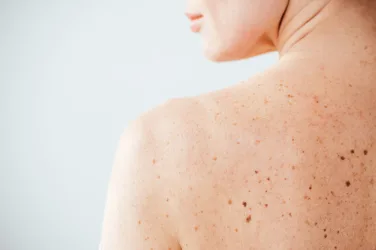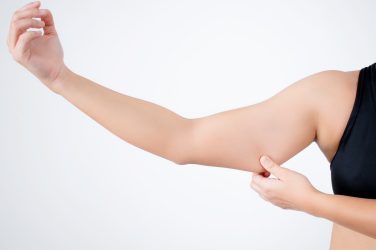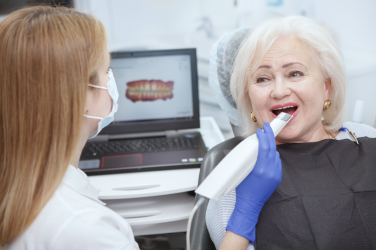
BY DAVID BUICE
Sweating is a perfectly normal human function. It’s your body’s natural way of cooling itself. Your central nervous system automatically triggers your sweat glands when your body’s temperature rises when, for example, you’re exposed to high temperatures, you exercise, or you’re extremely nervous.
On the other hand, excessive sweating that has nothing to do with heat, exercise, or nervousness is a condition clinically known as hyperhidrosis (hyper-hi-DRO-sis). This disorder, characterized by sweating that soaks through your clothes and drips off your face and hands, can be a source of great embarrassment. This level of sweating might limit your social and professional interactions and, in some cases, may even lead to skin infections.
Types of Hyperhidrosis
There are two types of hyperhidrosis:
Primary focal hyperhidrosis – This condition is not caused by another medical condition or medication you’re taking. It usually affects the hands, feet, underarms, or face, and sweating typically occurs on both sides of the body, often during waking hours. There is no medical cause for this type of sweating, and according to specialists at the Mayo Clinic, it may have a hereditary component as it sometimes runs in families.
Secondary generalized hyperhidrosis – This type of excessive sweating is caused by another medical condition or is a medication side effect. Sometimes it starts later in life and may occur while you’re asleep.
Some of the medical conditions that can lead to secondary hyperhidrosis include:
- Gout
- Thyroid problems
- Menopause
- Diabetes
- Some cancers
- Nervous system disorders
- Heart attack
- Infections
- Medical Treatment
Although there are ways to treat hyperhidrosis at home, consult a physician if you suffer any of the following:
- Excessive sweating that starts suddenly
- Nausea
- Light-headedness
- Chest pains
- Night sweats
Diagnosis and Treatment
Diagnosing hyperhidrosis involves your physician asking questions about your family’s medical history, inquiries about medications you may be taking, and conditions you’ve been diagnosed with in the past.
Your doctor may also order a series of lab tests, including a urine and blood test to check for things like low blood sugar or an overactive thyroid. Either of these conditions could contribute to excessive sweating.
The first step in treatment may be a prescription-level antiperspirant or prescription cloth wipes. If this approach doesn’t work, your physician may prescribe nerve-blocking medications to stop overactive sweat glands or possibly botulism toxin (Botox) injections or anti-depressants.
Treating Hyperhidrosis at Home
In less severe cases of excessive sweating, Mayo Clinic specialists suggest the following home remedies.
- Use aluminum-based, non-prescription antiperspirants to block the sweat pores temporarily.
- Apply over-the-counter products containing tannic acid (Zilactin) to the affected area.
- Bathe daily to keep the bacteria on your skin in check and dry thoroughly, especially under the arms and between the toes.
- Wear shoes and socks made of natural materials. Leather, instead of plastic or cloth shoes, allow your feet to breathe and be less sweaty.
- Wear moisture-wicking athletic socks when you’re physically active.
- Air your feet. Go barefoot when you can, or at the very least, take off your shoes to let your feet air out.
- Change your socks once or twice a day and dry your feet thoroughly.
- Consider relaxation techniques like yoga, meditation, and biofeedback to control the stress that triggers sweating.










